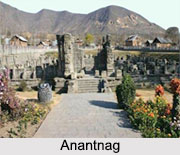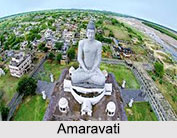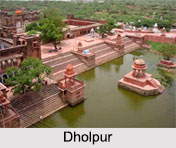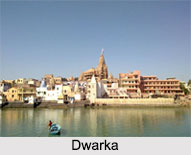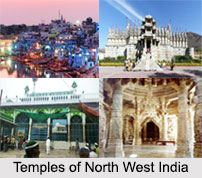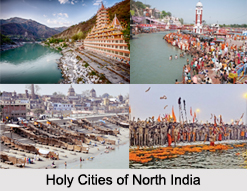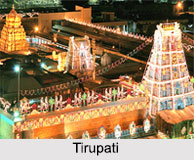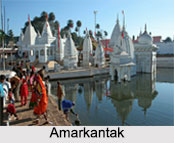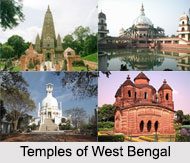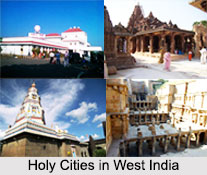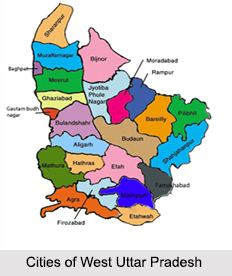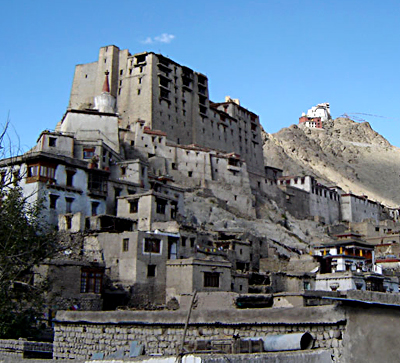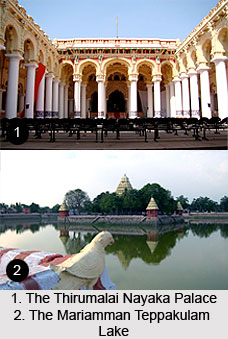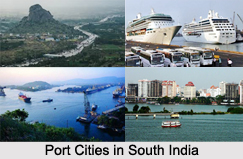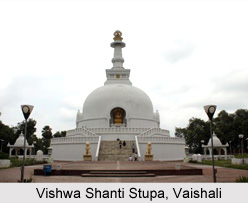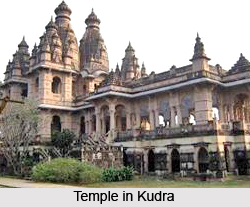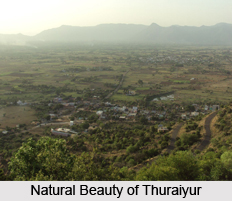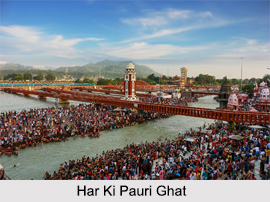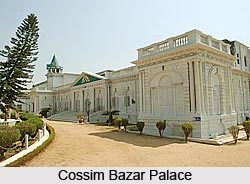 Cossimbazar which is also known as Kasimbazar is a census town in Murshidabad District of West Bengal. Numerous towns and cities have developed in the states of Indian continent. Amongst several towns one can easily distinguish the significance of Kasim Bazar. It is an example of census town lying in the district of Murshidabad of West Bengal state.
Cossimbazar which is also known as Kasimbazar is a census town in Murshidabad District of West Bengal. Numerous towns and cities have developed in the states of Indian continent. Amongst several towns one can easily distinguish the significance of Kasim Bazar. It is an example of census town lying in the district of Murshidabad of West Bengal state.
Location of Cossimbazar
The later medieval and the modern town of Cossimbazar is located on the river Bhagirathi in the Murshidabad district of West Bengal. Cossimbazar is included in the Berhampore Municipality. In the year 1901 the population of Cossimbazar was just 1,262. Cossimbazar is located at 24.12 degree north to 88.28 degree east. It has an average elevation of 17 metres (56 feet).
History of Cossimbazar
The history of Cossimbazar or Kasimbazar traces from the time of the Mughal era. Murshidabad, which is called the Murshidabad District of West Bengal, was once the capital city of Bengal. From the 17th century, Cossimbazar was traced back. The history of Cossimbazar is associated with Cossimbazar Palace. The Bhagirathi River was described as the "Cossimbazar River", and the triangular piece of land between the Bhagirathi, Padma River and Jalangi River, on which the city stands, as the island of Cossimbazar. At the beginning of the 19th century the city still flourished as a royal capital. But it lost its glory from 20th Century.
Demography of Cossimbazar
Following the trend of India the eminent demographers also have carried on surveys and research works with the purpose of throwing some light on the demographical scenario of Kasim Bazar. As a result of their diligent services they have been able to prepare extensive reports on the basis of data that they gathered. According to the Population Census of 2011, Cossimbazar which is also known as Kasimbazar had a population of 10,175. The males constitute 52 percent of the population and females 48 percent. Kasim Bazar has an average literacy rate of 78 percent, which is higher than the national average of 59.5 percent. The male literacy rate is 83 percent and female literacy is 72 percent. In Kasim Bazar, 9 percent of the population is under 6 years of age.
Education of Cossimbazar
The literacy rate of Cossimbazar or Kasimbazar is a yardstick, which helps one to gauge the development and progress of a particular once royal town. In case of Kasim Bazar or Cossimbazar also the same rule is applicable. From the report, the average literacy rate of Kasim Bazar has been measured to be 78 percent.
